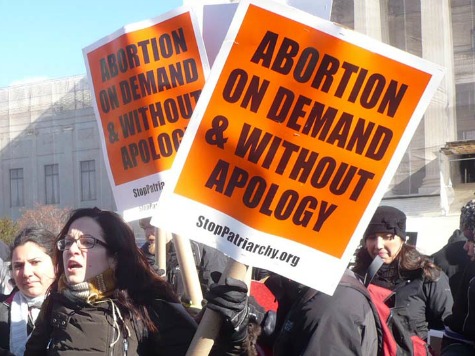The birth rate in the United States took another dip last year, falling from 63.2 births per 1,000 women 15 to 44 years old in 2011 to 63.0 births in 2012. The data was compiled by the Centers for Disease Control and Prevention. The U.S. birth rate, which was 69.3 per 1,000 women in 2007, has declined for five consecutive years, and is now at its lowest ebb since the government started keeping the statistics in 1909.
University of New Hampshire demographer Kenneth Johnson, noting that the lowered birth rate can hurt the economy, said, “If there are fewer younger people in the United States, there may be a shortage of young workers to enter the labor force in 18 to 20 years. A downturn in the birth rate affects the whole economy.”
Last year, the CDC stated that the replacement rate in the U.S. was 1.88; it takes a rate of 2.1 children per woman for a generation to maintain itself into the next generation.
The Great Recession that started in 2007-2008 triggered a decline in the birth rate, as high unemployment discouraged young people from having children. In a Pew Research Center study, roughly 22% of 18-to-34-year-olds admitted they were waiting for the economy to improve before they had children. Pew also stated that in 2012, 36% of those aged 18 to 31 still lived at home with their parents.
But Johnson also stated that the decline may be reversing, saying, “The decline in fertility rates, which had been dramatic, is stabilizing. In the 2012 data, you’re seeing what women were thinking about in 2011. If the economy were to be picking up now, you’re not seeing that in the birth patterns yet. It will be another year until you’ll see the effect of that.”
He was echoed by Sam Sturgeon, president of Demographic Intelligence, a company that predicts birth rates, who said the birth rate will rise in 2013 to 1.9 children per woman. He said, “We think that this fertility decline is now over. As the economy rebounds and women have the children they postponed immediately after the Great Recession, we are seeing an uptick in U.S fertility.”
The birth rate in 2012 rose for Asians and Pacific Islanders, was constant for white women, and declined among blacks and Hispanics.

COMMENTS
Please let us know if you're having issues with commenting.